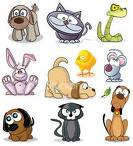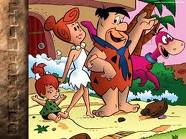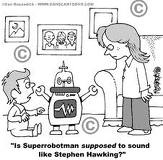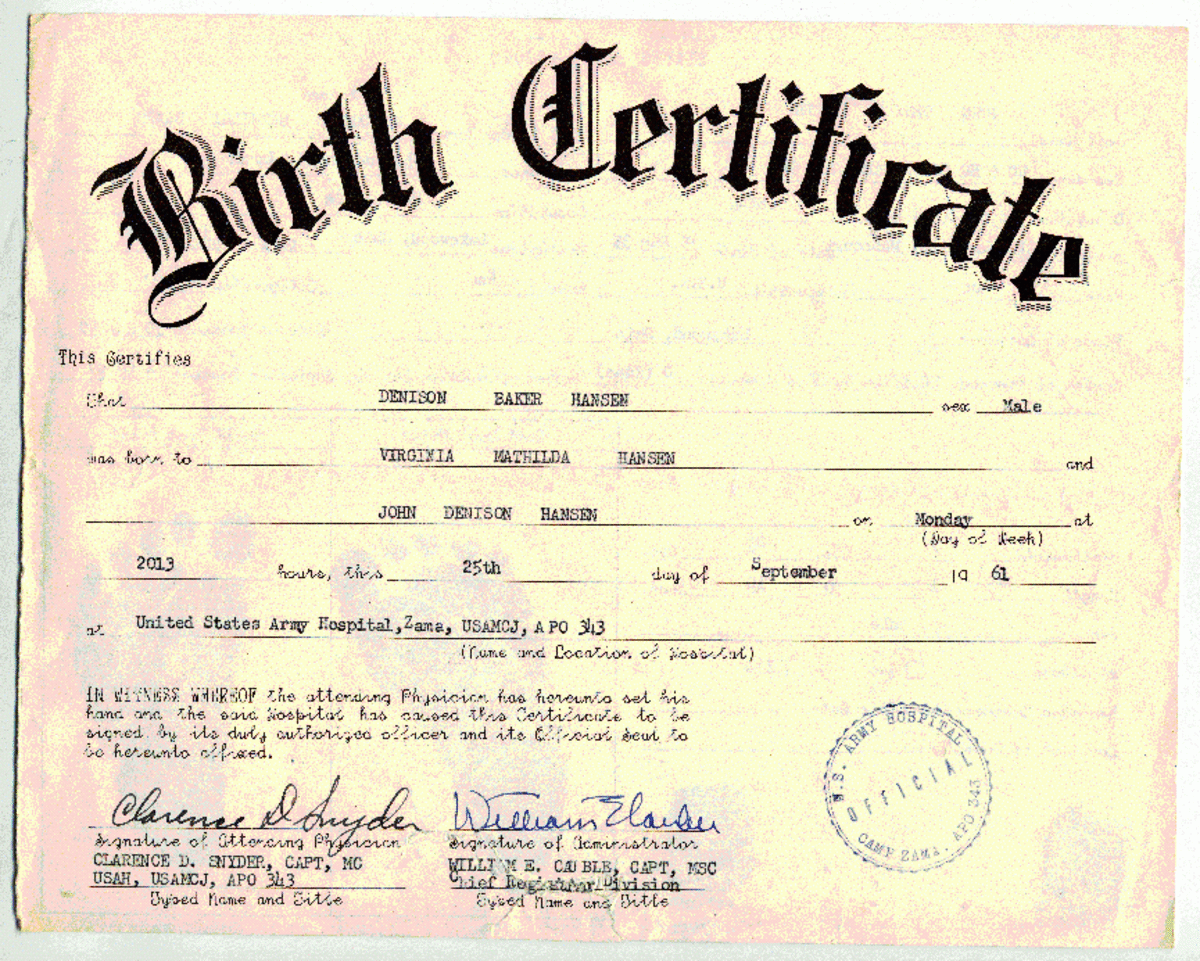How to Use Cartoons in Your Lesson Plans
Cartoons are catchy!
Often a funny and interesting cartoon or comic strip catches our eye while browsing through newspapers, magazines or tabloids. Cartoons speak a lot about the contemporary culture, social, political and economic conditions of the state of affairs. It can bring the local issues alive or even portray the global issues through sattirical cartoon characters, which will trigger momentary laughter but convey a deep inner meaning.
Comics and cartoons have always attracted my attention since my childhood and I believe children of all age group enjoy them too. I was wondering as educators, can we use cartoons as effective tools for teaching in the classroom? Or can parents encourage children to go beyond the 'fun' factor associated with a cartoon character? If we can devise some ways to exploit cartoons, we could surely inculcate critical and creative thinking in our next generation in a manner they would really enjoy.
In this hub I would share some ideas which, as a teacher I think would really work with younger children. Cartoons are easily available tools which the parents or teachers can get access to and there are innumerable ways in which lessons can be designed to engage the children in learning and building specific skills.



Read my other hubs on pedagogical tools and teaching techniques:
- How to Use Cartoons as Teaching Tools to Elicit Critical Thinking and Creativity in Children?
- Fermi Problems: Learn the Art of Smart Guessing and Impress your Interviewers
- Lesson Plans: Critical Thinking and Writing Activities in the Science Classroom
Effective written communication is an integral part of science education. In this hub the author has shared some new ways to amalgamate writing and science lessons in order to strengthen students' writing and thinking skills. - Physical movement in the elementary school classroom boosts effective learning
Cartoon teaching ideas for very young children
1. Colouring the cartoons: Toddlers can be given crayons and some selected cartoons appropriate of their age for colouring. Although this is basically a fun activity, it can have some impact on their thinking as they visualise cartoon characters having commonalities as human beings but does not exactly look like them, they have some special features educing entertainment.
2. Jumbled cartoons: For younger children, who are learning to read and write you can select a cartoon strip, cut and separate the images and jumble them up. Ask your child to put them in sequence in his/her own way and make a story out of it. You may ask the child to tell the story or write it up depending on his/her level.
3. Jigsaw puzzle: Though we can buy jigsaw puzzle games for children, it's worth to create some at home or for our classrooms from freshly created and contemporary cartoons. Select and cut a funny, easily understandable cartoon and enlarge it, then cut it into pieces to make the jigsaws. It is better to stick the cartoon page on a hard cardboard before cutting for multiple uses. Then ask your child to fix the jigsaws looking at the original picture.
4. Make sentences: Select a cartoon and ask your child to make simple sentences about what they see in the cartoon. For classroom, you can divide the class into groups and give them different cartoons and ask each group to write as many sentences as they can from what they observe.
5. Learn new vocabulary: When children learn new words, new verbs etc, cartoons help a lot for making flashcards and reiterating those new vocabulary. You can create or find cartoons showing an action which they have learnt and ask them to talk about what's happening. Children naturally get hooked to cartoon figures and while enjoying them, they learn and reinforce the new words learnt.
6. Create your own cartoon star: Ask your children to create their own cartoon character, endow them with some power and specific characteristics, name them and create a full-fledged action-packed cartoon to bring out their special features.
7. Watching cartoon network: Children love watching cartoon network on TV. After they've watched a particular cartoon episode, ask them questions about what they have observed about their favourite cartoon characters, what do they wear, how do they look, how do they walk and other characteristics. Encourage them to analyse their personality and compare different personalities like Tom and Jerry, Micky and Donald etc. In this way, cartoons will not remain as just a mode of entertainment, rather will elicit thinking and imagination.
8. Create cartoons of family members and pets: Ask your children to draw cartoons of their pets or members of the family. This can be a fun activity for the family.
Young kids are hooked to cartoon channels on TV and tend to get attracted when they come across some in their books or magazines. If you try some of these above teaching ideas, they'll love it and in doing so their imaginative power, creative thinking and observational skills will be tapped and enhanced, apart from improving writing or story-telling abilities.
As a motivator, if the young ones have done a good job, you can upload their original cartoons on any kids' website or adorn them on the softboards of your classroom. They might be sent for publication in some children's magazines as well.



